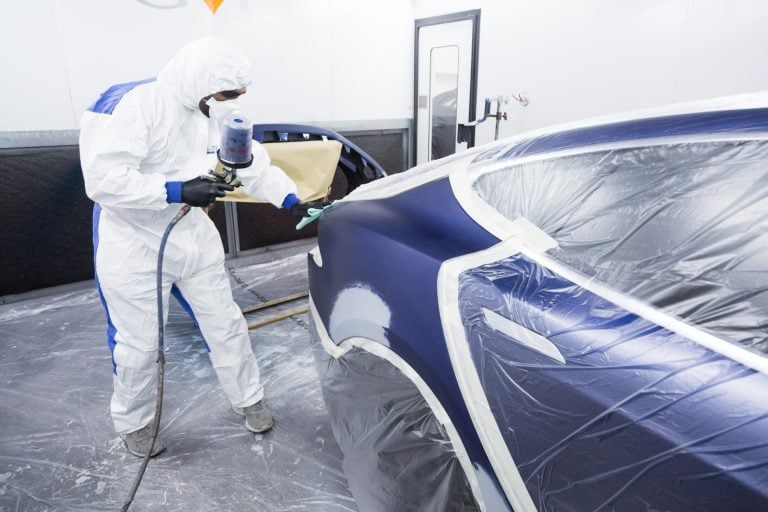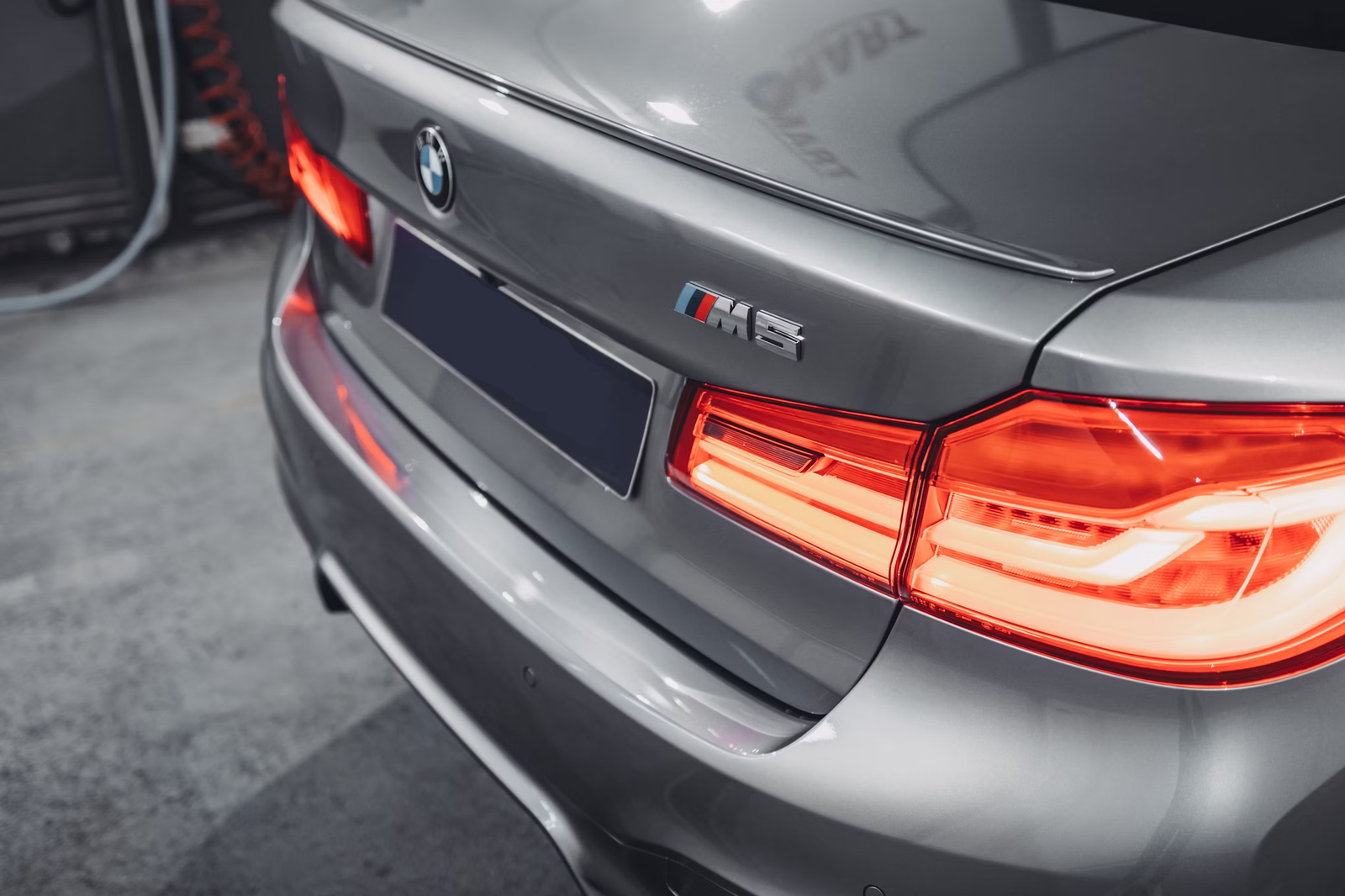- Showroom Case Studies
Buying a Used Car: The Ultimate Checklist for 2025 | GVE London – Blog
Navigate the evolving 2025 used car market with our ultimate checklist. From budgeting to inspections, we guide you to make a smart, informed purchase.
Purchasing a used car can be an exciting yet daunting experience. With the right preparation and knowledge, you can navigate the process with confidence. As we move into 2025, the used car market continues to evolve, influenced by changing technology, economic conditions, and consumer preferences. To help you make a smart purchase, here’s the ultimate checklist for buying a used car in 2025.
The Ultimate Checklist to Buy a Used Car
1. Set a Budget
Before diving into the search, establish a clear budget. Consider not just the purchase price but also ongoing costs like insurance, maintenance, and fuel. A general rule of thumb is to spend no more than 15% of your monthly income on car expenses. Factor in additional costs like commission by a supercar showroom, and for registration and taxes, as these can vary by state.
2. Research Vehicle Options
Determine the type of vehicle that best suits your needs. Are you looking for a compact car for city driving, an SUV for family trips, or a truck for work? Use online resources like automotive websites, consumer reviews, and reliability ratings to identify models that meet your criteria.
Pay attention to recalls and common issues for specific makes and models. When you visit a supercar showroom like GVE London, you’ll find many supercars and luxury vehicles to choose from.
3. Check Vehicle History Reports
Before committing to a specific vehicle, obtain a vehicle history report from services like Carfax or AutoCheck. These reports provide valuable information about the car’s past, including accident history, title status, and maintenance records. A clean history can give you peace of mind, while red flags may lead you to consider other options.
4. Inspect the Car Thoroughly
Once you’ve found a potential vehicle, conduct a thorough inspection. Look for signs of wear and tear, both inside and outside the car. Check the condition of the tyres, brake maintenance, and undercarriage.
Examine the engine bay for leaks and listen for unusual sounds. If you’re not confident in your inspection skills, consider hiring a professional mechanic to conduct a pre-purchase inspection.
5. Take a Test Drive
A test drive is crucial in assessing a car’s condition and comfort. Pay attention to how it handles different road types. Test the brakes, acceleration, and steering responsiveness. Listen for any strange noises and evaluate the visibility and ergonomics. If possible, drive it in various conditions, such as highway and stop-and-go traffic, to get a complete picture.
Read Also: Top 10 Upcoming Supercars
6. Negotiate the Price
Once you’re satisfied with the vehicle, it’s time to negotiate the price. Research the fair market value for the car using resources like Kelley Blue Book or Edmunds. Be prepared to make a reasonable offer based on your findings and the car’s condition. Don’t hesitate to walk away if the deal doesn’t meet your budget or expectations.
7. Review Financing Options
If you’re not paying cash, explore financing options. Check with your bank or credit union for loan terms, as they may offer better rates than dealership financing. Consider getting pre-approved for a loan to strengthen your bargaining position.
Review the total cost of financing, including interest rates and loan terms, to ensure it fits your budget. You can either go for an outright purchase or opt for the Sale or Return (SOR) option at GVE London.
8. Understand the Paperwork
Before finalising the deal, ensure you understand all the paperwork involved. This includes the bill of sale, title transfer, and any warranties or service agreements. Read everything carefully and ask questions if something needs to be clarified. Ensure that the seller provides all necessary documents, including maintenance records and any existing warranties.
9. Consider Warranty and Insurance
While many used cars are sold “as-is,” some may still be under manufacturer warranty or come with a dealer warranty. If possible, look for vehicles with remaining warranties for added peace of mind. Also, shop around for insurance quotes to find the best coverage and rates for your new vehicle.
10. Plan for Future Maintenance
Finally, once you purchase your used car, plan for future maintenance. Regular servicing will help extend the life of your vehicle and keep it running smoothly. Create a maintenance schedule based on the manufacturer’s recommendations and stay on top of necessary repairs.
Conclusion
Buying a used car in 2025 doesn’t have to be a stressful experience. By following this ultimate checklist, you can make informed decisions, ensuring that you find a vehicle that meets your needs and fits your budget.
With thorough research and careful planning, you’ll be well on your way to driving home in a reliable and enjoyable used car. Visit the GVE London supercar showroom to get the best deals on top luxury vehicles. You even get repairs, servicing, custom modifications, etc. for your supercar.
Frequently Asked Questions
Key elements to check in a vehicle history report include accident history, title status (whether it’s clean or salvaged), mileage discrepancies, and previous ownership records.
A test drive is crucial as it allows you to assess the car’s performance, comfort, and handling. It helps you identify any potential issues that may not be visible during a visual inspection.
If you find issues, use them as leverage during negotiations. You can either request repairs before purchase or negotiate a lower price to account for the needed fixes.
Contact Us
"*" indicates required fields
OUR SERVICES
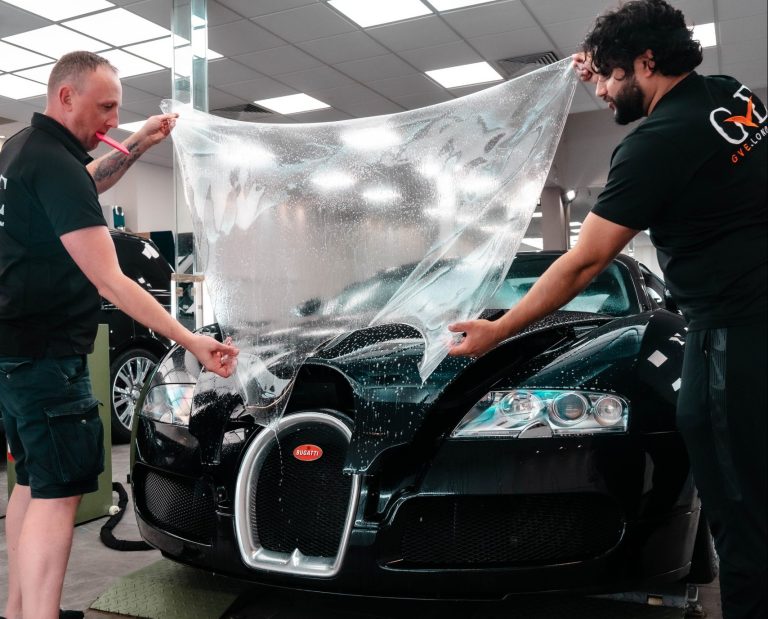
PAINT PROTECTION FILM
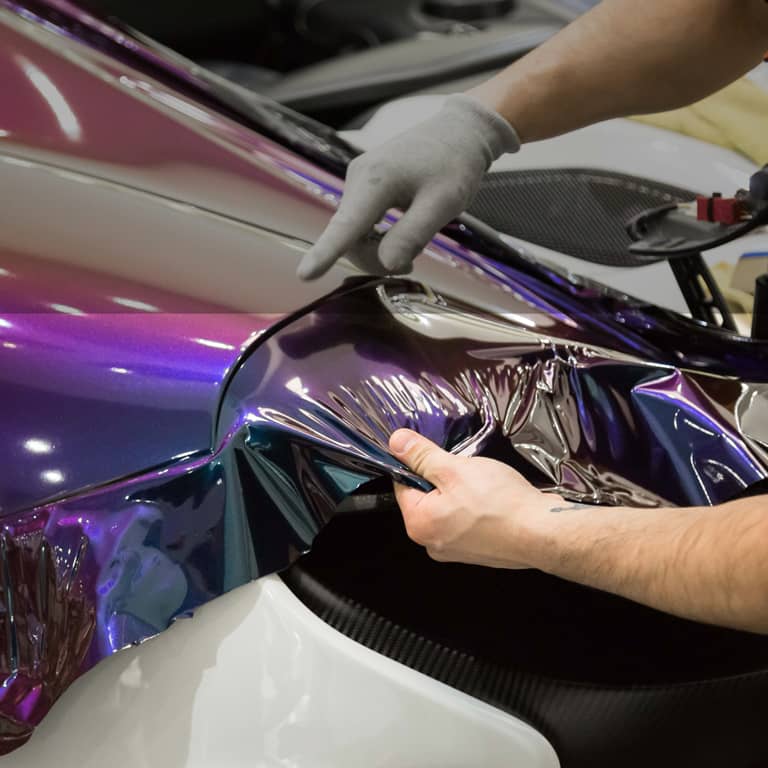
WRAPPING
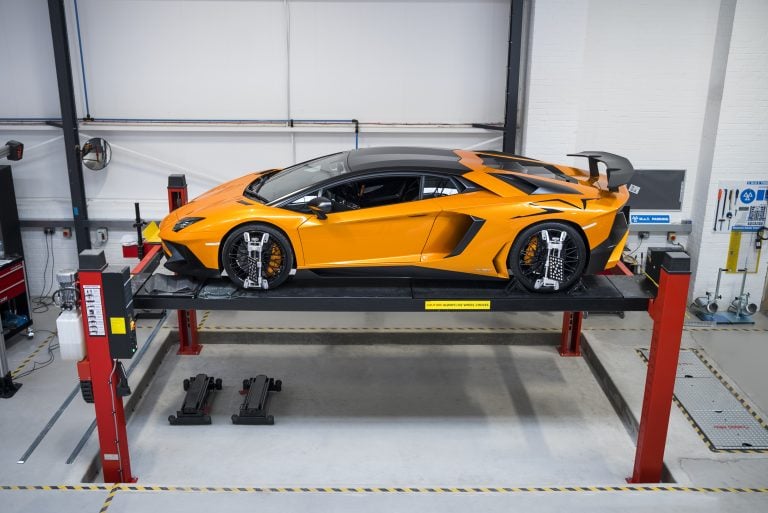
SERVICING
